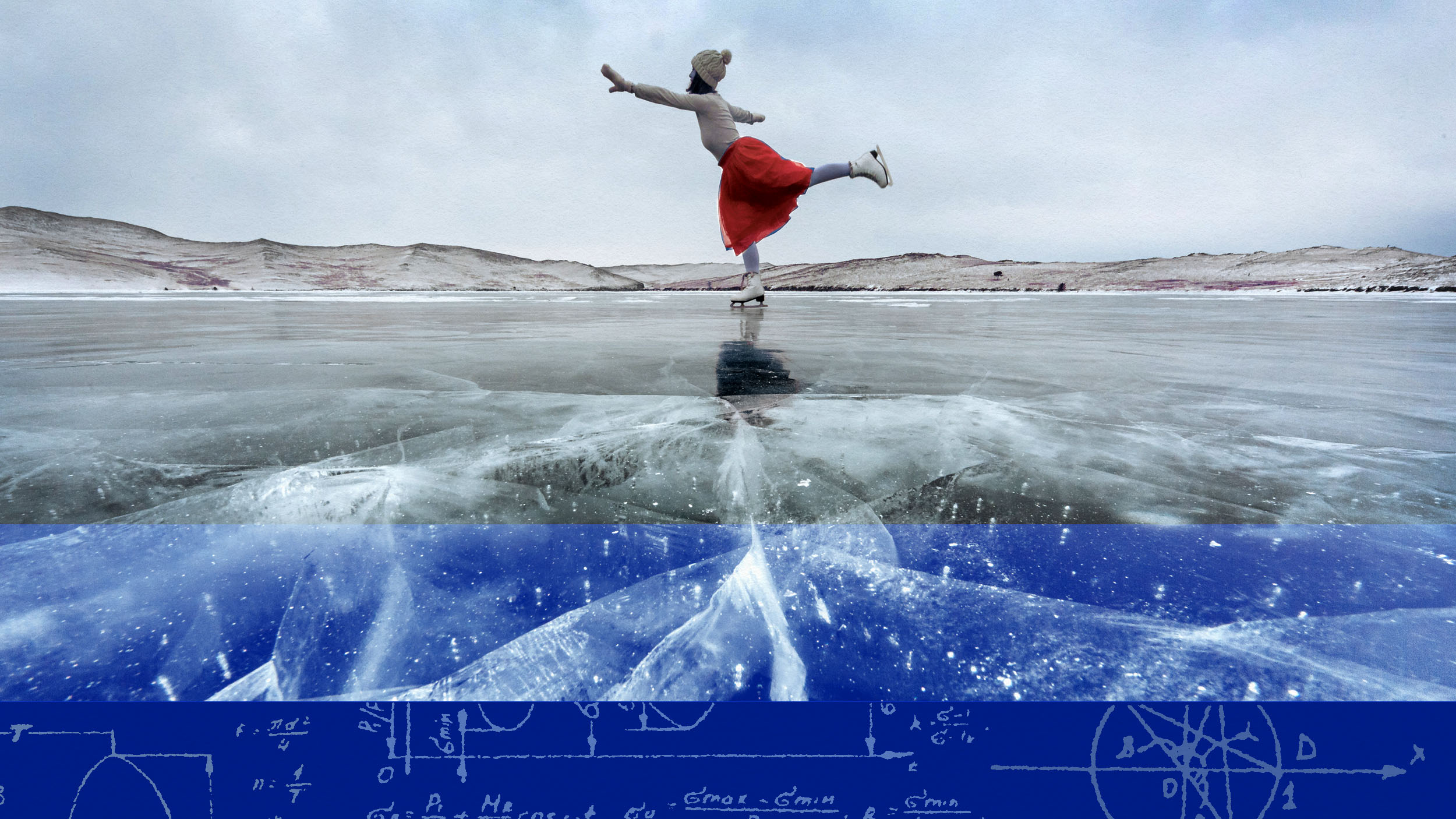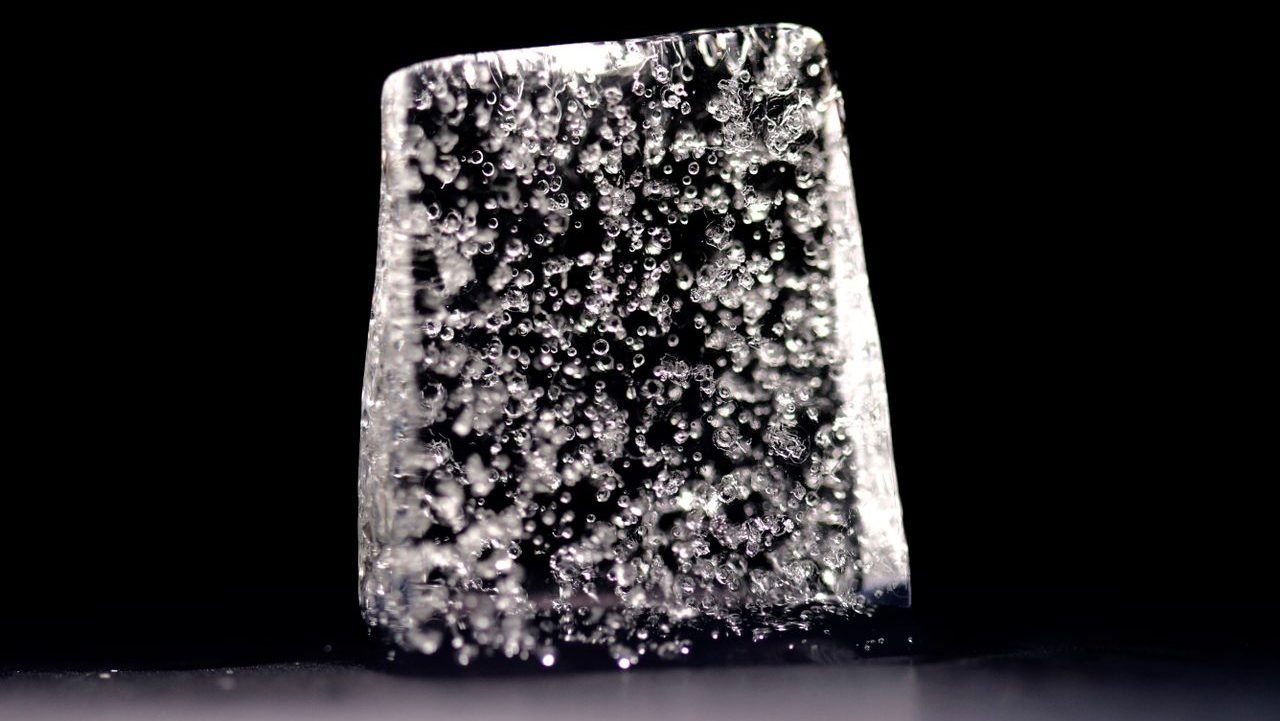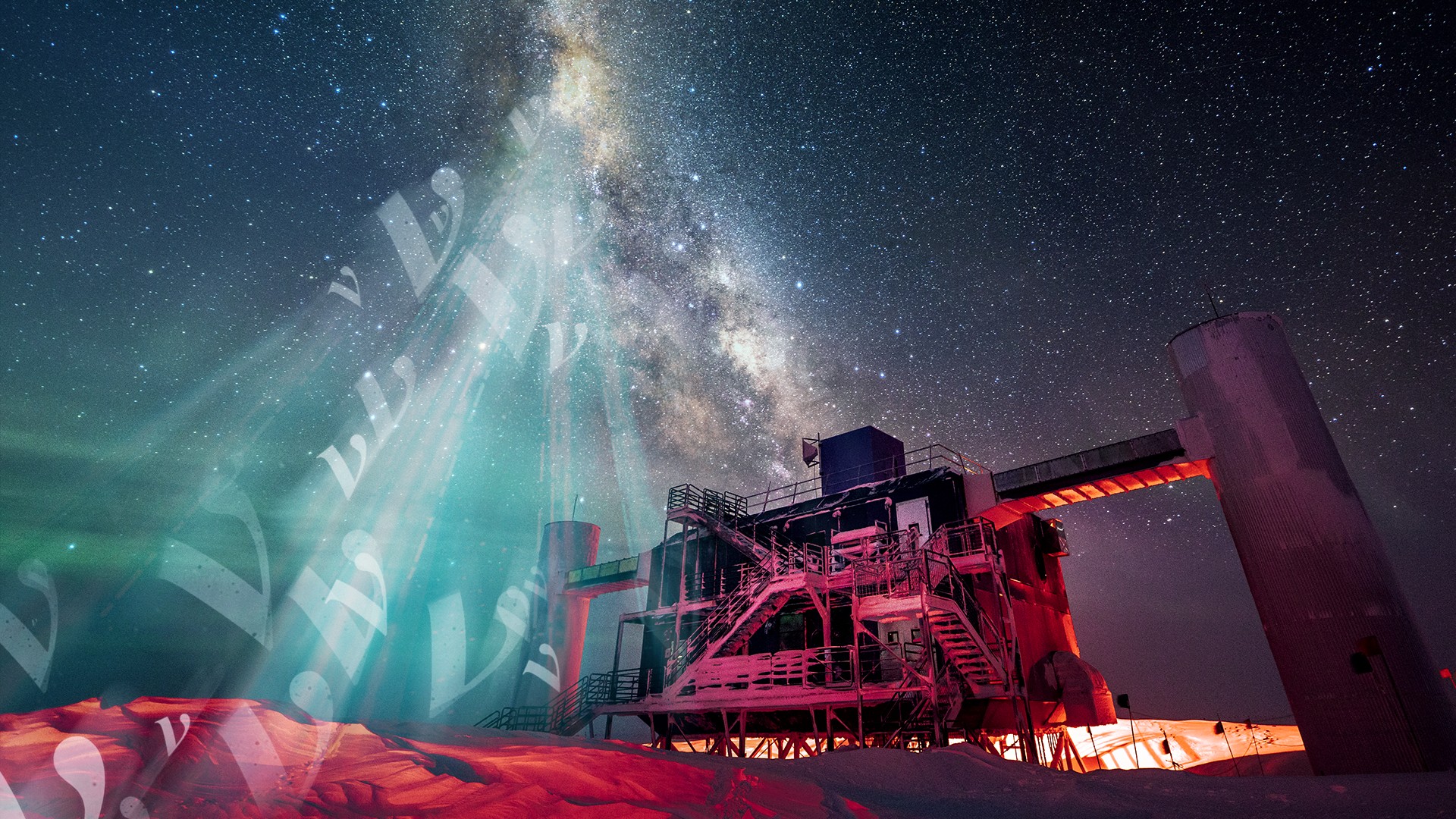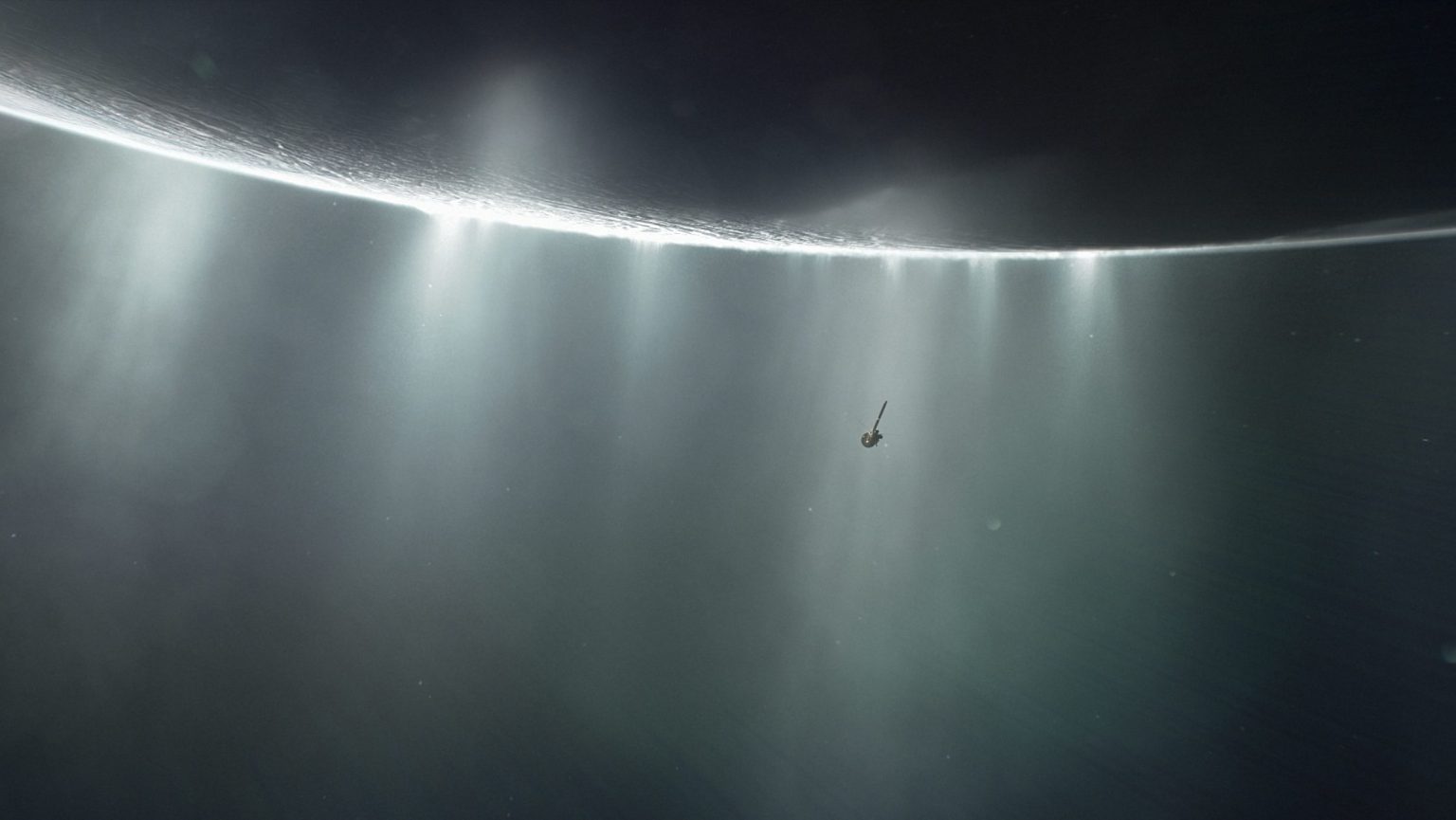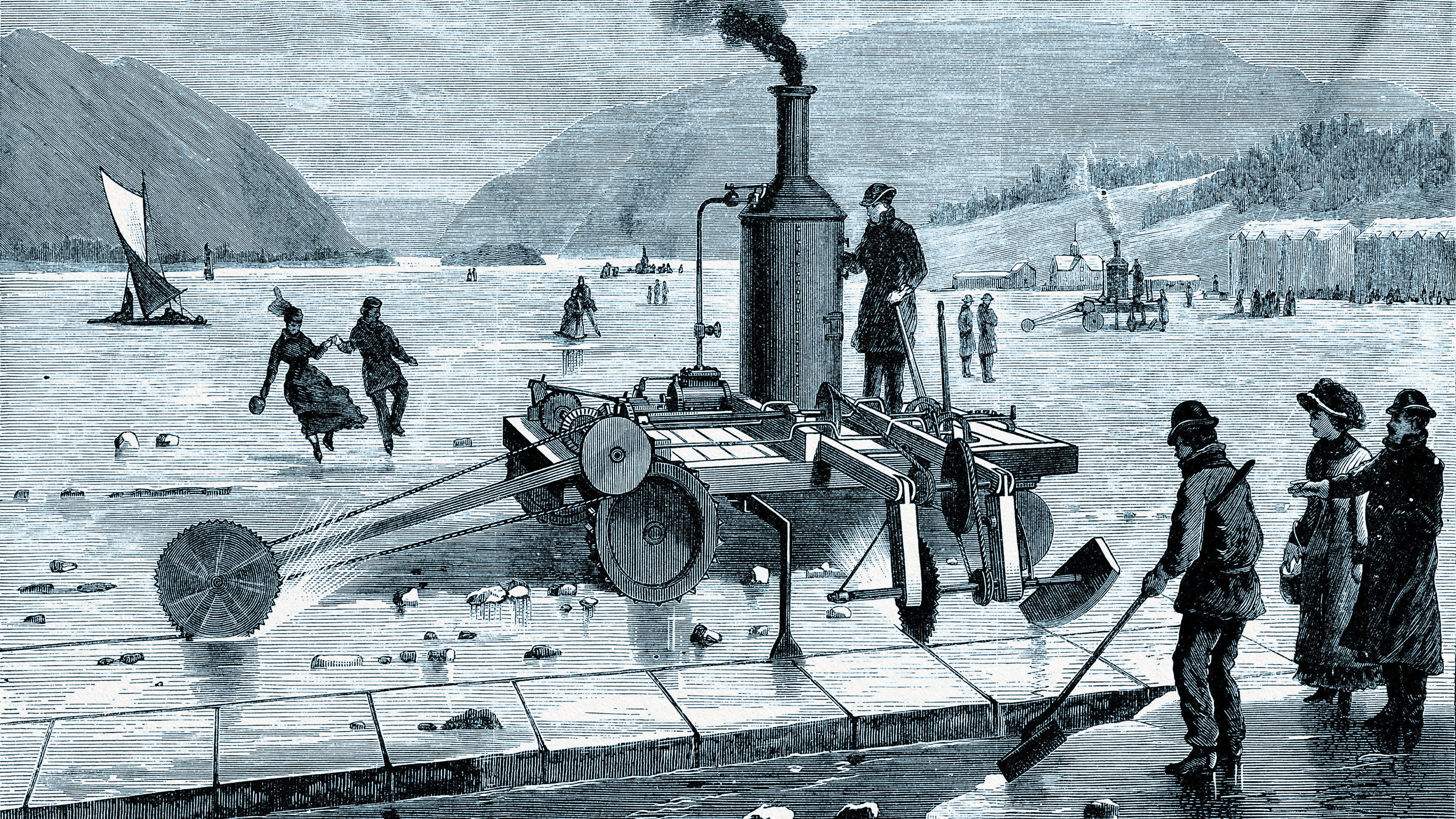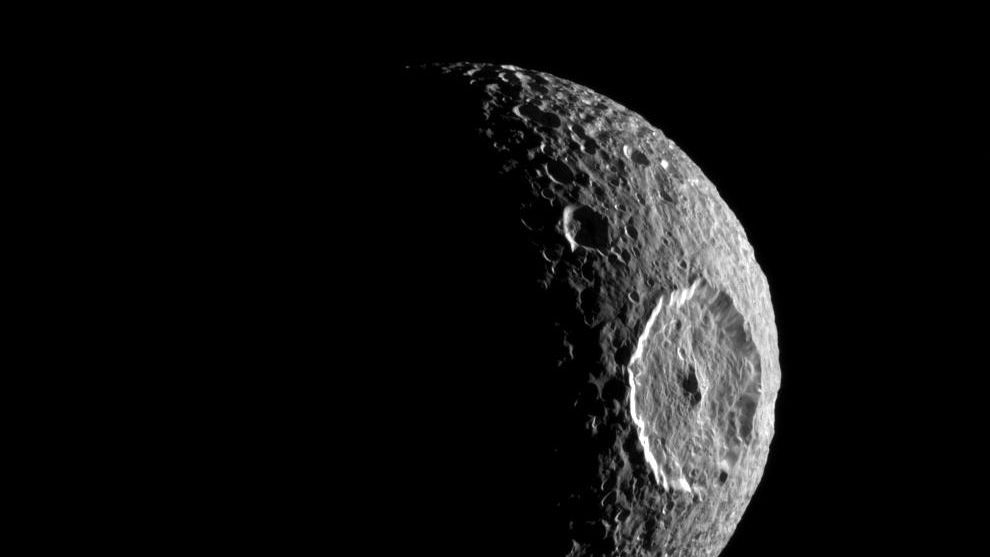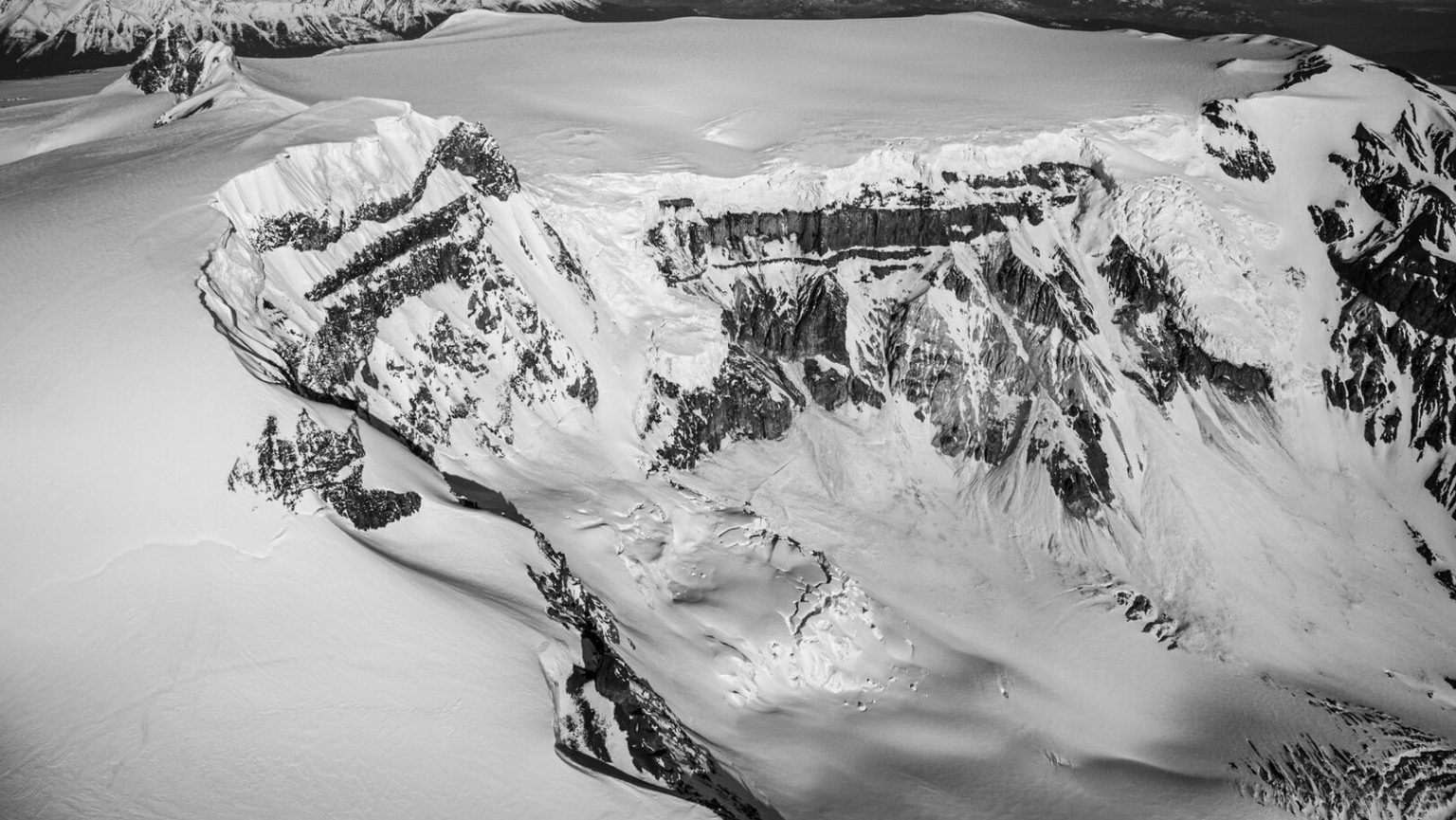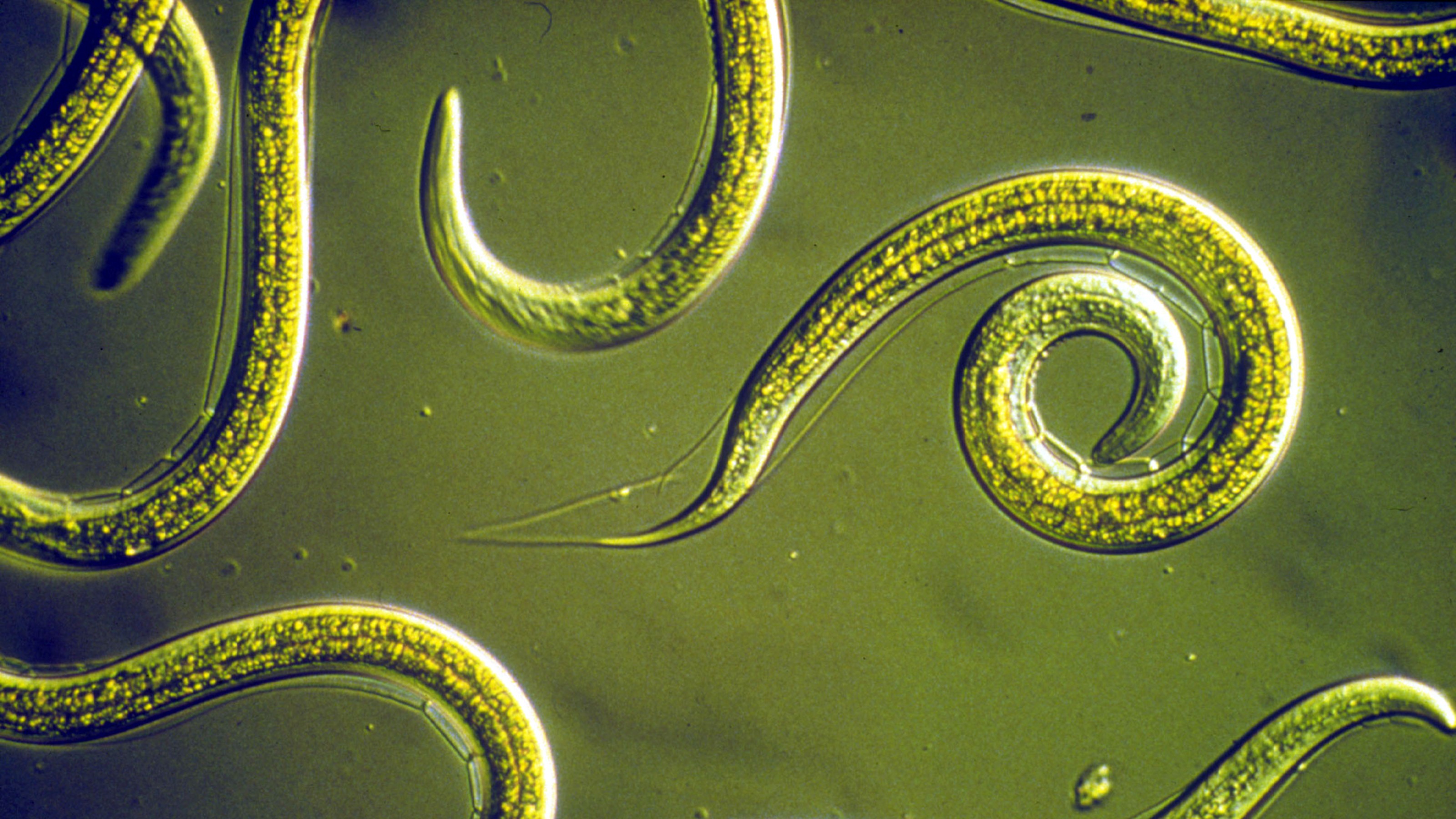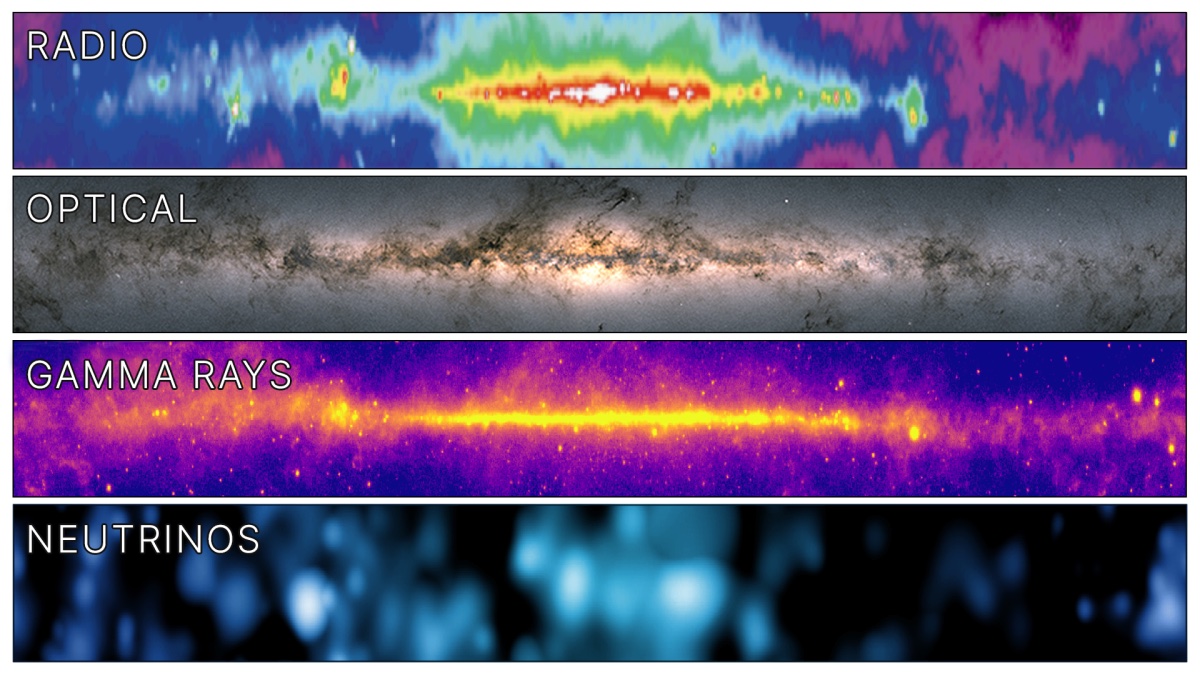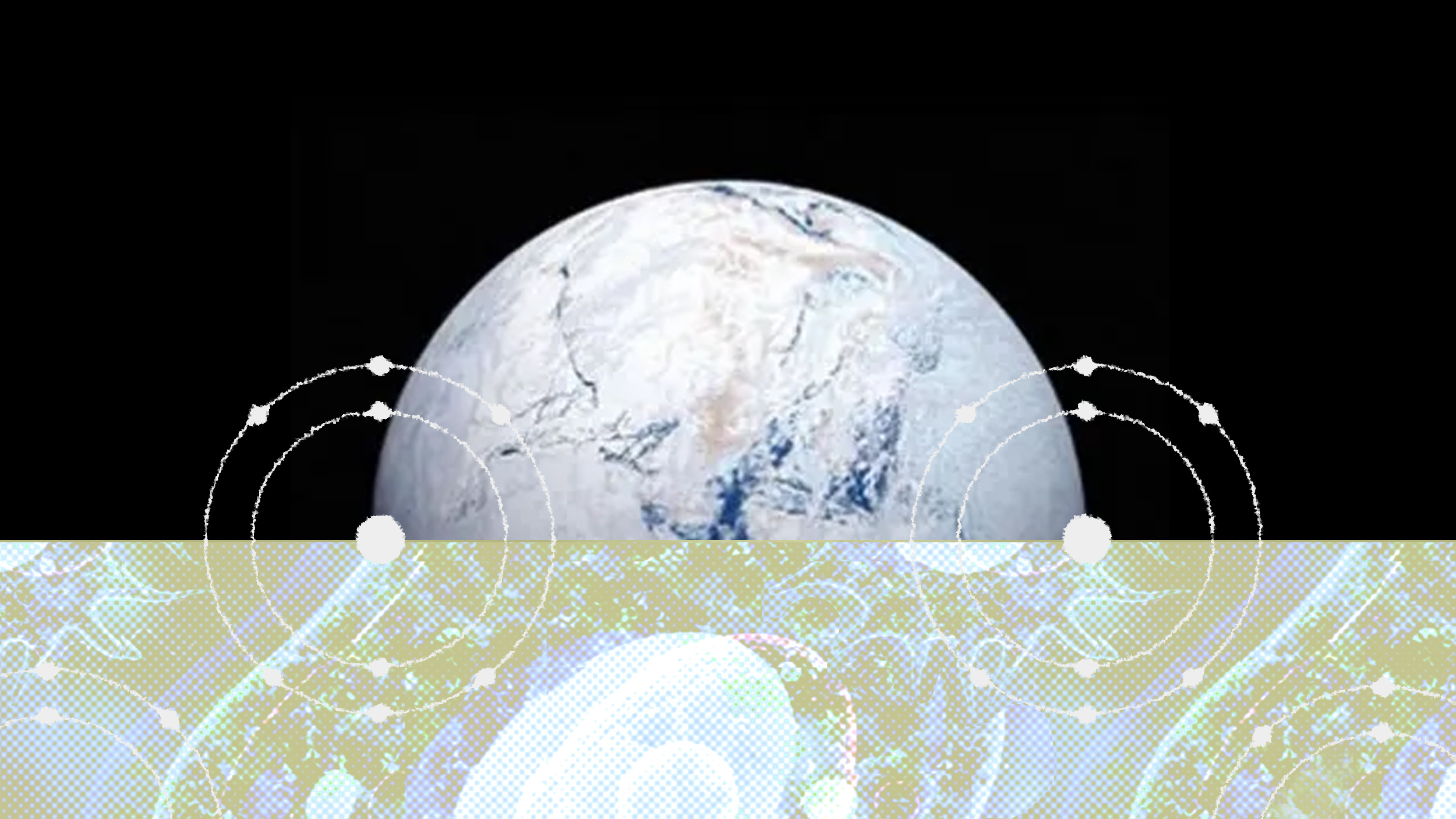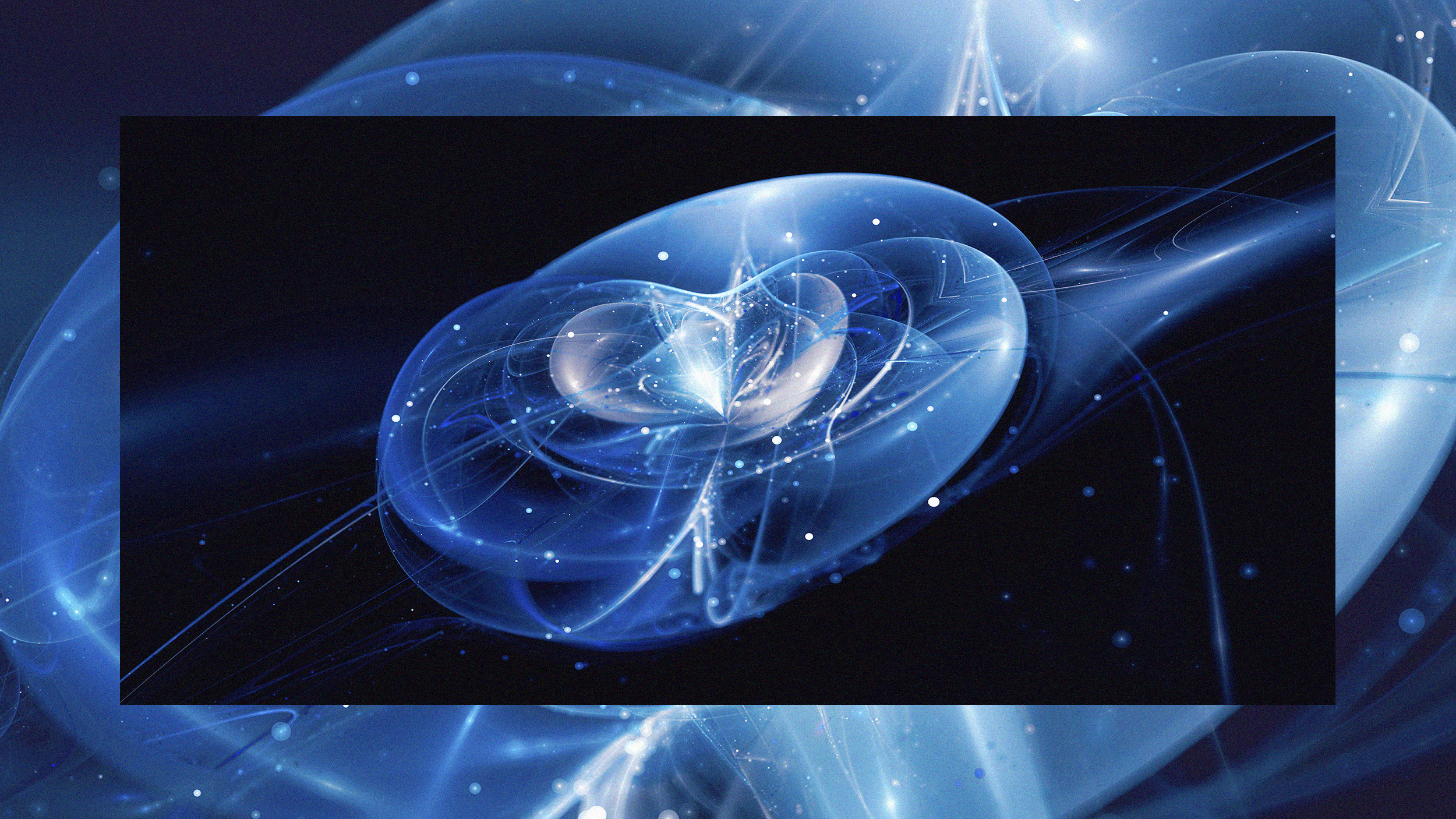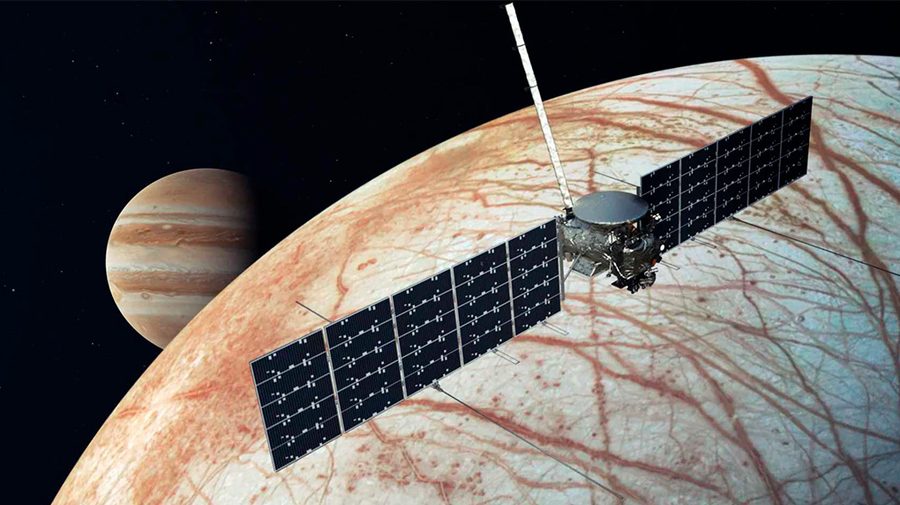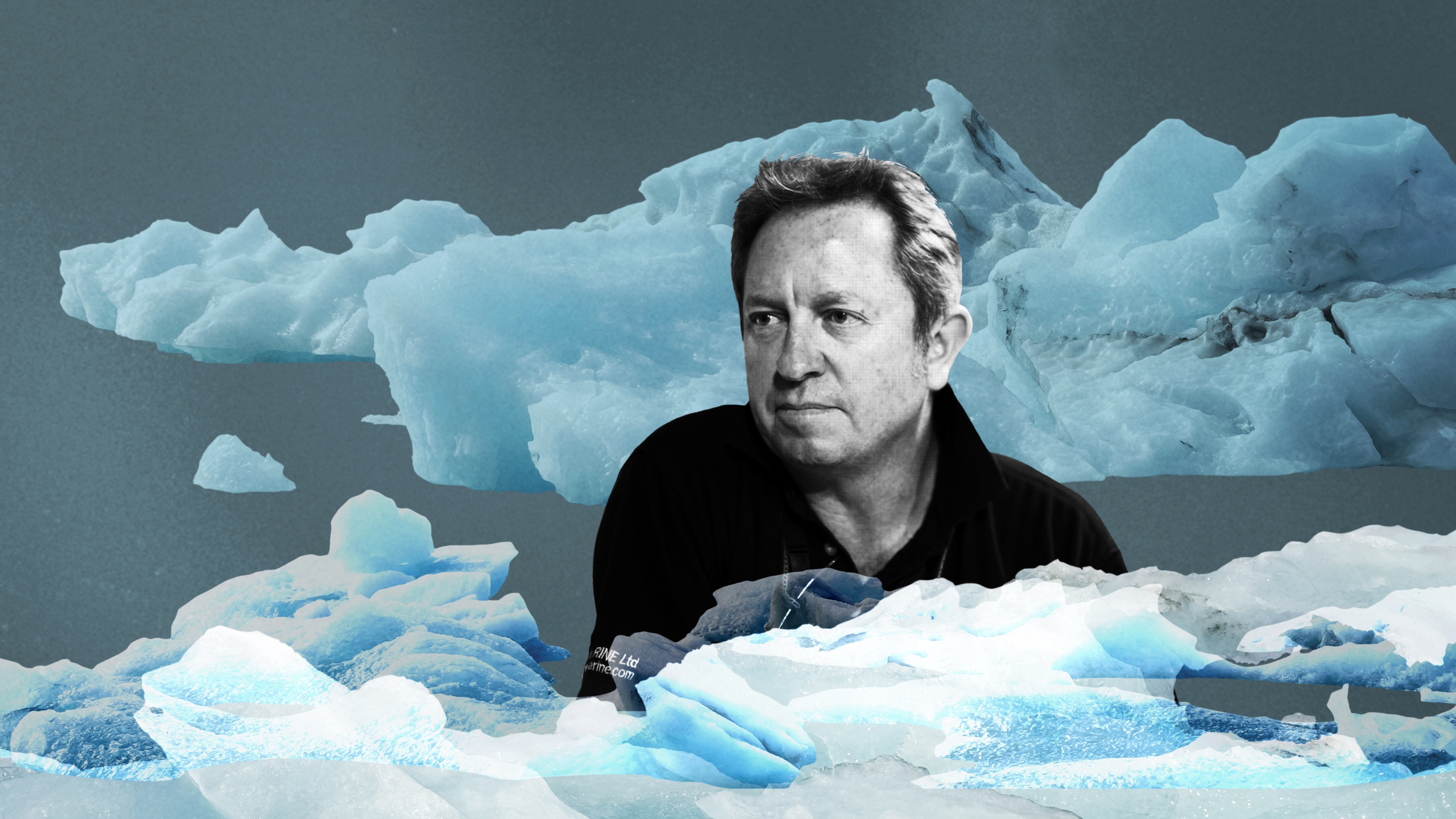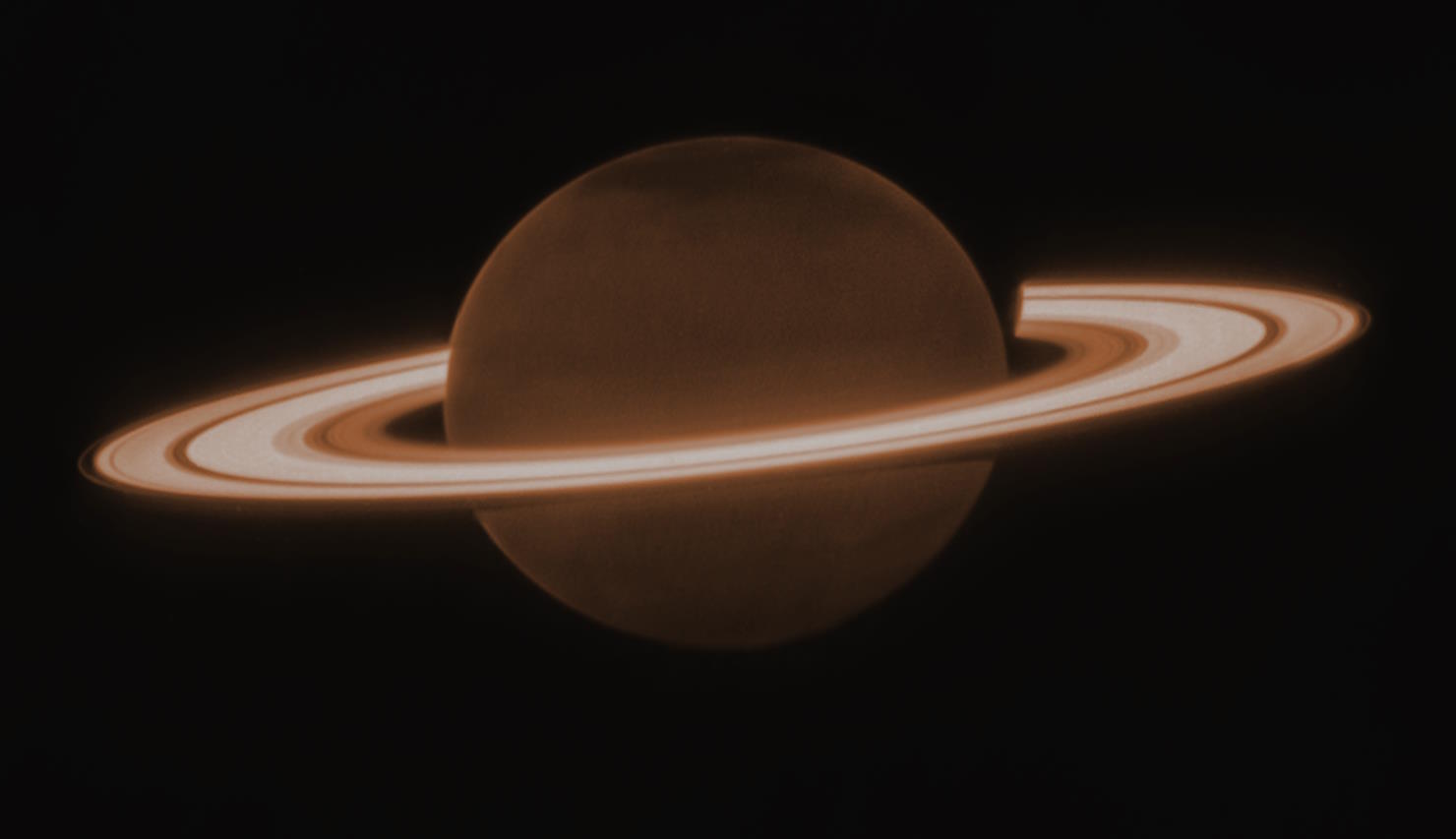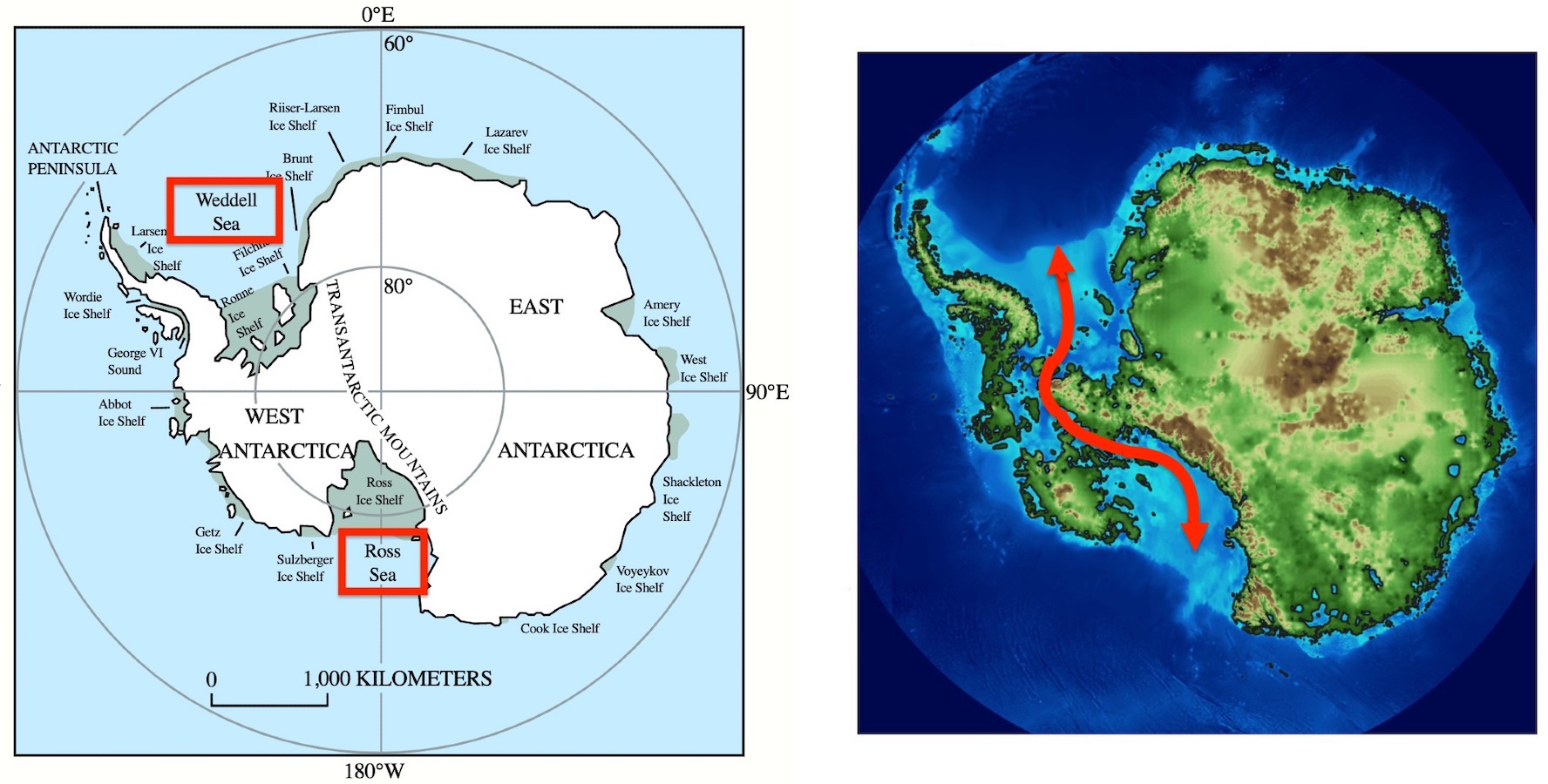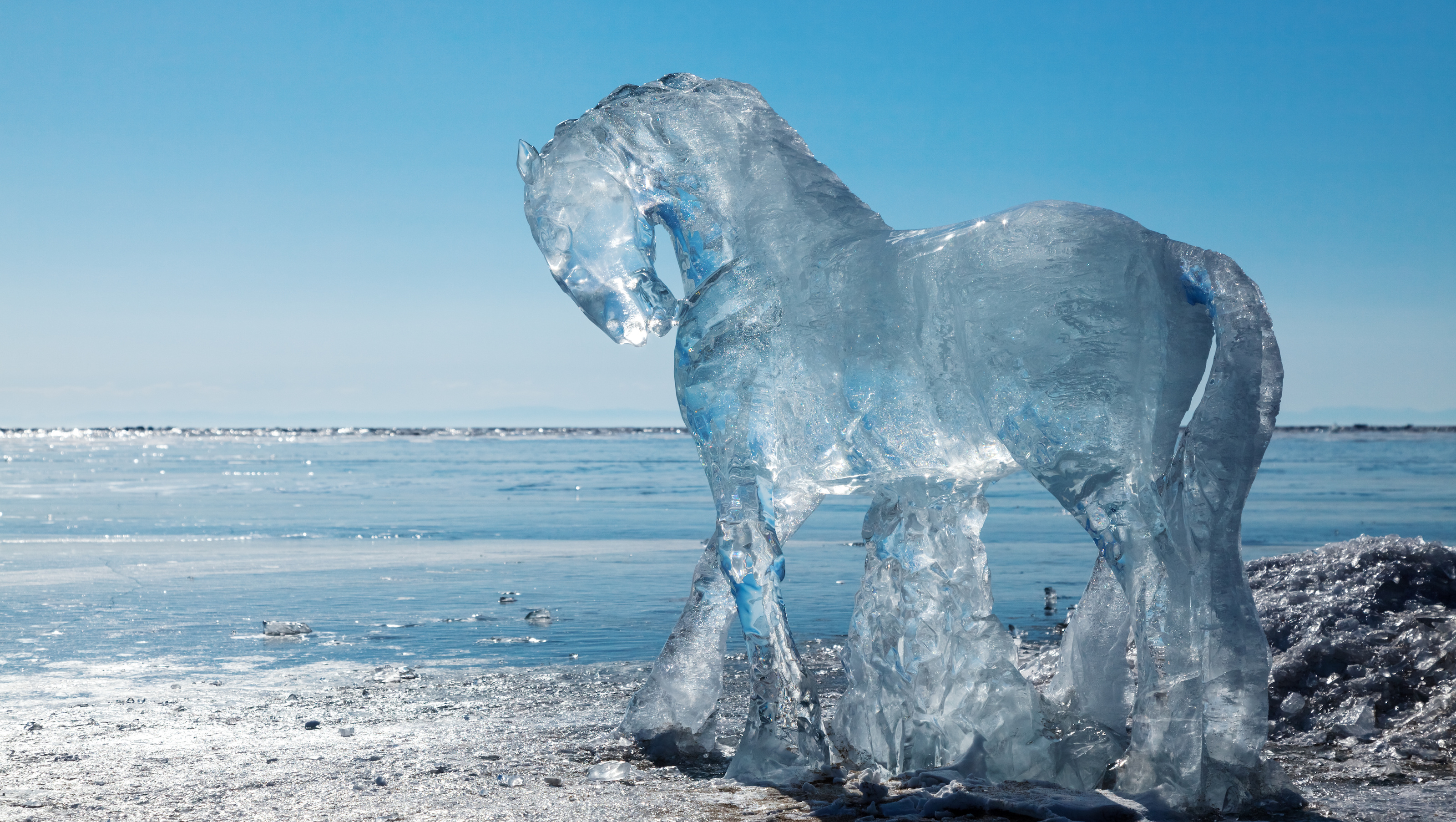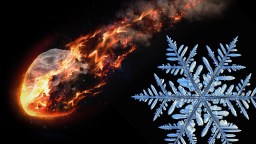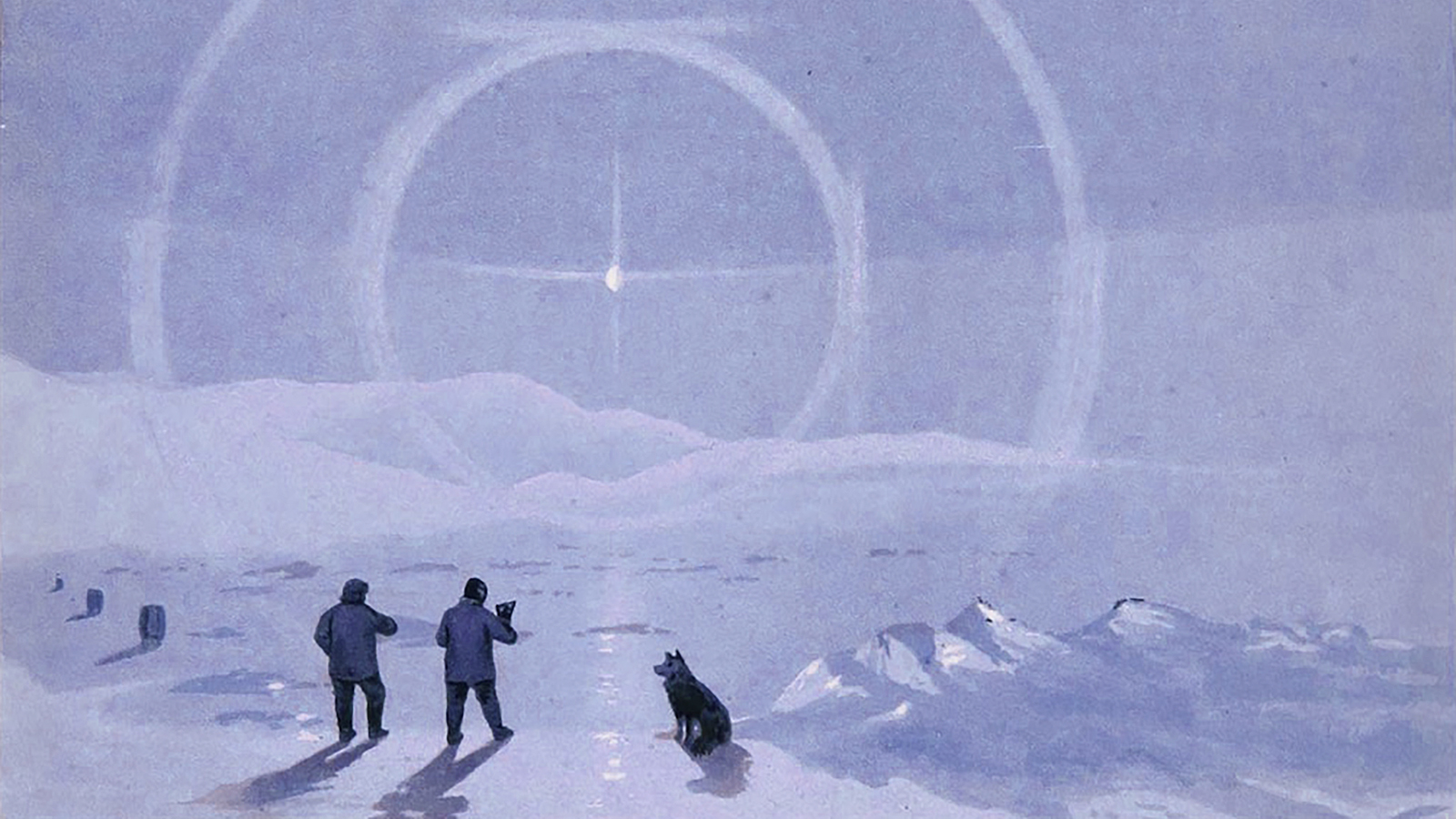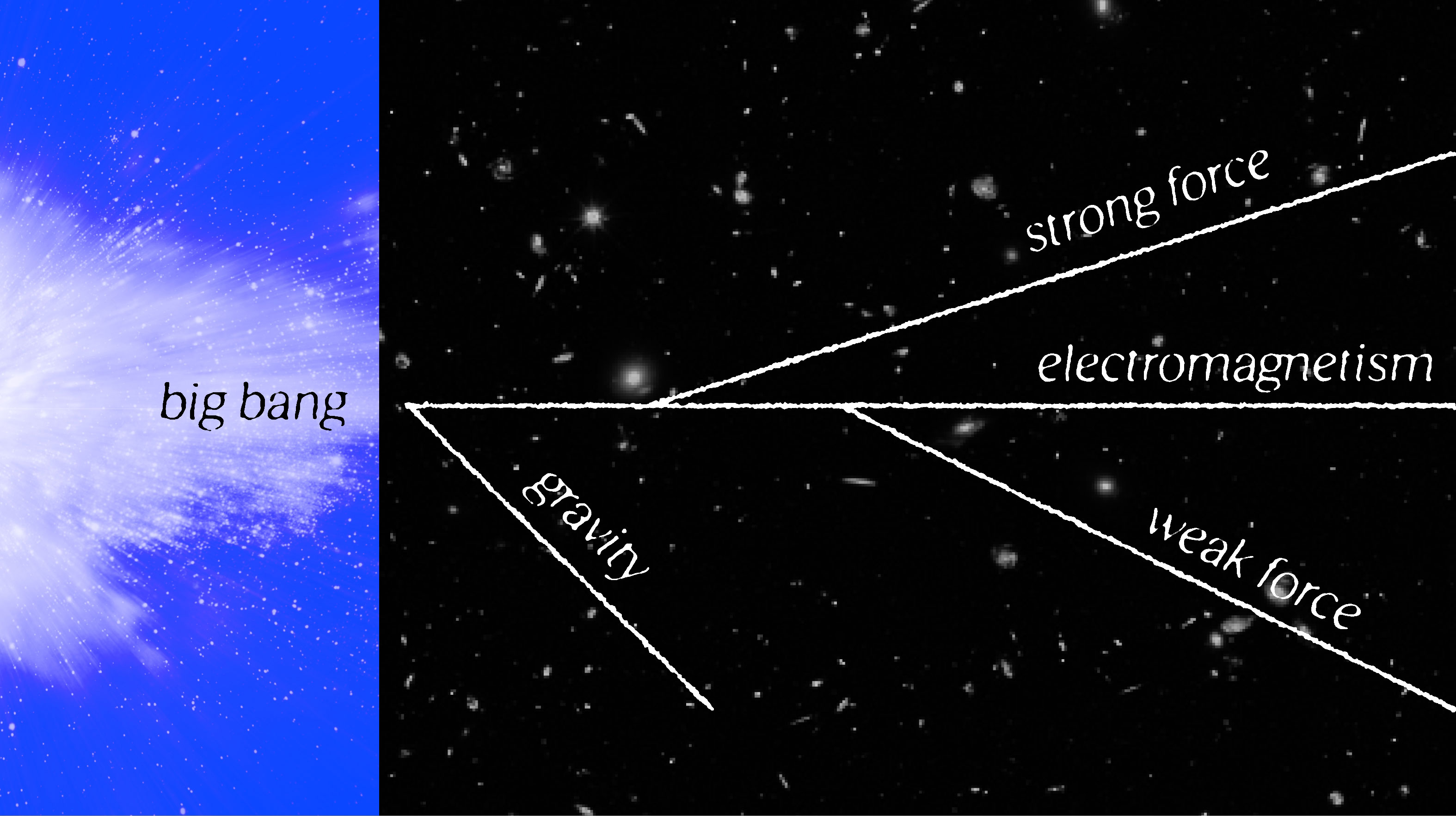While ice itself is slick, slippery, and difficult to navigate across under most circumstances, skaters easily glide across the ice.
Search Results
You searched for: ice
Plagues, war, and genocide were literally frozen in time.
IceCube scientists have detected high-energy tau neutrinos from deep space, suggesting that neutrino transformations occur not only in lab experiments but also over cosmic distances.
This research team is working out how to detect extraterrestrial cells in the liquid water ocean hidden beneath Enceladus’s icy crust.
Could life be widespread throughout the cosmos, in the subsurface oceans of ice-covered worlds? NASA’s Europa Clipper mission investigates.
Ice harvesters once made a living from frozen lakes and ponds, but the work was strenuous and dangerous. Then refrigeration changed everything.
The existence of another watery world in the outer solar system may offer clues to how such seas form — and hope for another spot to search for life.
It’s the ultimate setup for a Thanksgiving Day disaster. The physics of water and its solid, liquid, and gas phases compels us not to do it.
If there’s life lurking on the moons of Saturn and Jupiter, could our instruments even detect it?
New research is uncovering why we eat first with our expectations.
Along with obsidian that dazzled scientists in Canada.
These nematodes complicate how we understand evolutionary lineages.
As Marcel Proust said, “The real voyage of discovery… consists not in seeking new landscapes, but in having new eyes.”
The path of a curling stone on ice — and how it can be influenced — is a revealing metaphor for life’s decisions.
Skilled hunters adapted to the changing landscape and left tantalizing clues to who they were.
There may be more energy in methane hydrates than in all the world’s oil, coal, and gas combined. It could be the perfect “bridge fuel” to a clean energy future.
Known as the Great Oxygenation Event, Earth froze over as oxygen accumulated in our atmosphere, nearly driving all life extinct.
U.S. particle physicists recently recommended a list of major research projects that they hope will receive federal funding.
MIT Scientist Jason Soderblom describes how the NASA mission will study the geology and composition of the surface of Jupiter’s water-rich moon and assess its astrobiological potential.
Simple physics makes hauling vast ice chunks thousands of miles fiendishly difficult — but not impossible.
While Saturn and its moons all appear faint and cloudy to JWST, Saturn’s rings are the star of the show. Here’s the big scientific reason.
Ancient currents seemed to move in concert with a 2.4 million-year dance between the Red Planet and Earth.
Two populations that are geographically separated today once mated a very long time ago.
Seneca thought the use of ice was a “true fever of the most malignant kind.”
Frozen adversity set the stage for an explosion of diversity.
Humanity has two giant collisions to thank for its existence, explains biologist Sean B. Carroll.
▸
11 min
—
with
What we’ve learning from the world’s coldest, most forbidding, and most peaceful continent.
The threats Mars astronauts face — and how NASA is working to solve them.
The problem of the electroweak horizon haunts the standard model of cosmology and beckons us to ask how deep a rethink the model may need.
